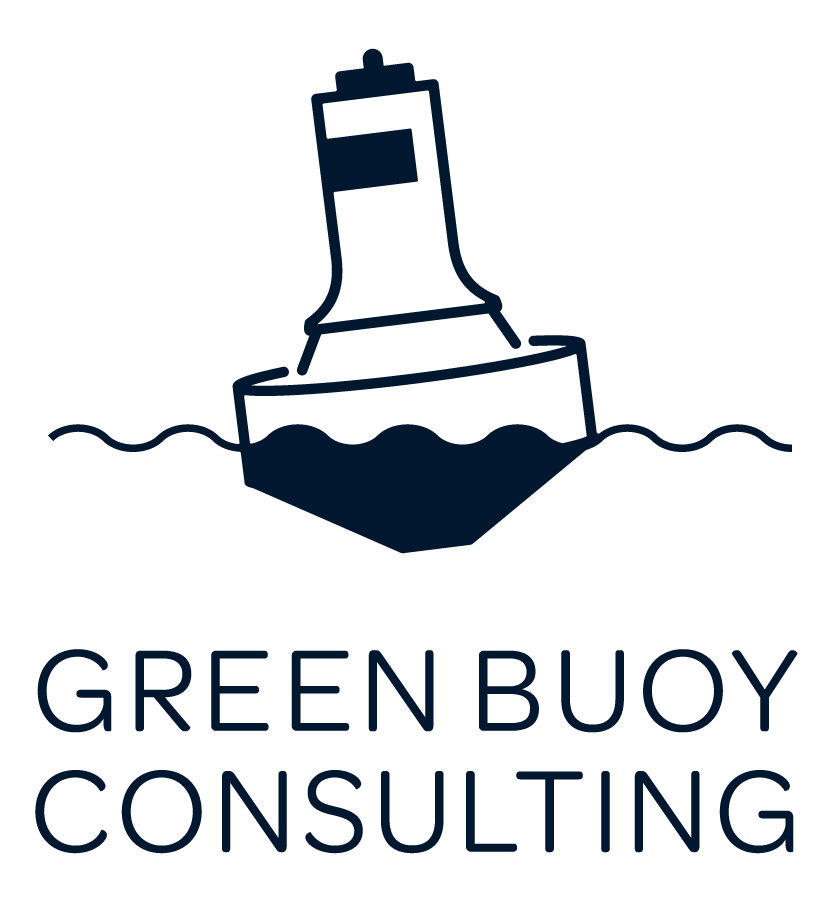Do You Have These Corporate Sustainability Policies?
No one likes writing corporate sustainability policies. It’s hard to know where to start-especially if this is the first step in what you hope to be a sustainability strategy.
Following up on the previous blog on policies , let’s look at the types of policies applicable in your business and which to tackle first. I’ll share some policy examples with information best practices and where they're applicable.
I call the next three policies “Your Basic Three,” if you do nothing else, try creating a policy to manage these three resource choices. Reducing waste, water or energy will save money and engage your employees. Pick the most appealing option and start there.
In my opinion, each company could use all of the policies below. But, I know you’re savvy and I’m trying to help and be realistic. So, start with the first three and work your way down. The rest are more "advanced" or are directly related to governance. Let's look at the Big Three first.
Check out the previous blog for how to write resource reduction policies. Here’s why each of these policies is an important part of sustainability.
Corporate Waste Policy
Every company makes waste. Yes, even if you don’t make a product, you make waste. Come up with a policy around to recognize and reduce waste created. This could include reducing paper, trying to figure out how to reduce packaging or setting up a food waste management system in the office. If you think, I can’t recycle ____, check out TerraCycle. They’re an awesome company working on recycling everything.
Corporate Water Policy
Water is a scarce, valuable resource. Set up a policy to track and reduce water use. A policy can be as uncomplicated as researching water-reducing sinks and toilets and setting a savings goal to purchase these options. Research or find other ways to reduce water in your facilities and use research to develop a policy.
Corporate Energy Policy
No question, you can reduce the amount you spend on energy, and save some energy in the process. There are so many resources to figure out what you need to do to save energy, depending on your provider, geographic location and industry. I recommend checking first with your energy providers, gas and electricity and HVAC and see what they recommend. Then, set up a policy to reduce.
Governance Policies
Also known as “call your lawyer” We’ve talked before about how important it is to have governance and executive buy-in for sustainability. Governance policies support this commitment.
Many companies have the start of some of these policies. Double-check and add them if you don’t. Then, call your lawyer and ask if there’s anything else needed.
Code of Conduct
Whistleblower/Bribery Policies
Now, you’re probably thinking it’s insane to try to write all of these policies in the next few weeks. I understand you have other items on your agenda. So feel free to bookmark these for later and start them when you have a second. I still think the resource reduction policies, the Big Three, are the most important to get done first. Then, throw a calendar reminder for three months from now to get these next ones done.
Alternatively, if you’re in a big policy push, think of how great it will feel to get all of these done! Don’t forget to assign tasks and to use your team to get these checked off.
Environmental Purchasing Policy
Is your non-product related purchasing reflecting your environmental goals? If you’re purchasing office supplies or necessities from less than sustainable companies it might be time for a reframe. Start by gathering all of the items outside of any product supplies (from supply chain) you purchase and figure out how they’re supporting the environment. This policy should include goals for environmental purchasing, commitment to the ongoing research of vendors and a category to improve in the next year.
Stakeholder Policy
If you’re active in your community, operate in multiple cities, are in a government-oversight heavy industry (like tech) or want to improve an existing sustainability strategy, develop a stakeholder policy. AccountAbility is the gold standard for stakeholder engagement information. A stakeholder policy should include how you interact with those in your community, any business stakeholders, commitments to improvement and how your operations affect the greater community. To learn more about stakeholders, check out how and why to connect with stakeholders.
Supply Chain
Supply chains are super specific, tricky and a hugely important part of an overall sustainability strategy. Supply chain policies could fill an entire blog post. I recommend looking at the UN Global Compact or B Corp website for explicit instructions for a robust supply chain. You should have a supply chain code of conduct at a minimum. Those websites will help you develop one and find the best practices for your supply chain.
Corporate Sustainability Policy
Some companies like to have an overall arching statement on the environment or sustainability. This is company preference but if you’re keeping many of your policies internal, having one external facing commitment can help attract employees or customers.
This should be pretty straightforward if you’ve written other policies. I’m hesitant to share specific examples, but I’m partial to Cisco or Adobe. The combination of “Action Statement” with specifics is powerful.
Those are the basics for the types of policies you should be working towards and starting with. I can’t recommend the Big Three policies enough. They’re a great starting point to get employees motivated, see how sustainability works and get momentum built up.
Next up, we’re going to talk about how to get employees to follow your policies and the best way to communicate policies internally and externally.
What policies do you already have in place? Anything you would add to this list? I’d love to know in the comments below.
Need help writing your sustainability policies? Reach out, we can help!
Want more ESG? Check out our other blogs.

















